Pumpkin Green Hybrid Seeds
₹ 40.00
Pumpkin Green Hybrid Seeds
About this item
- Number of Pumpkin Green Seeds: (25-30 Seeds)
- Sowing season: Jun-Jul, Dec-Jan
- Sowing method: Direct
- Germination Time: 7-10 Days from sowing
- Germination temperature: 25 to 35°C
- Harvesting: 100-150 Dyas
Free delivery on order above Rs 200
Images are for reference purposes only. Actual product may vary in shape or appearance based on climate, age, height, etc. The product is replaceable but not returnable
Pumpkin seeds, also known as pepitas when the shells are removed, can be harvested from pumpkins that are typically grown for their seeds rather than their flesh. Here’s a guide on how to grow pumpkins specifically for their green seeds:
- Variety Selection: Choose pumpkin varieties that are specifically cultivated for their seeds. Look for varieties labeled as “seed pumpkins” or those known for their large seeds and thin shells.
- Climate and Soil: Pumpkins prefer warm climates and require well-draining, fertile soil. They need plenty of sunlight, ideally 6-8 hours per day. Ensure the soil pH is around 6.0 to 7.0.
- Starting Seeds: Start pumpkin seeds indoors about 2-4 weeks before the last expected frost date in your area. Plant seeds in biodegradable pots or seedling trays filled with seed-starting mix. Keep the soil consistently moist and maintain temperatures around 70-85°F (21-29°C) for germination.
- Transplanting: Once the seedlings have developed several true leaves and the threat of frost has passed, transplant them outdoors. Space the plants about 2-5 feet apart in rows or mounds.
- Support: Provide support for the vines, especially if growing large varieties of pumpkins. Trellises, stakes, or other support structures can prevent the heavy fruit from sitting on the ground, reducing the risk of rot and pest damage.
- Watering: Keep the soil consistently moist, especially during dry periods or when the fruits are forming. Water at the base of the plant to avoid wetting the leaves.
- Fertilization: Pumpkins are heavy feeders. Incorporate compost or well-balanced fertilizer into the soil before planting. Side-dress with additional fertilizer during the growing season according to package instructions.
- Pest and Disease Control: Keep an eye out for common pumpkin pests like squash bugs or cucumber beetles. Also, watch for diseases such as powdery mildew. Use organic or chemical methods as needed to control pests and diseases.
- Harvesting Seeds: Wait until the pumpkins are fully mature before harvesting the seeds. The seeds can be harvested once the pumpkin reaches its full size and the rind has hardened. Cut the pumpkin open, scoop out the seeds, and separate them from the pulp. Rinse the seeds and dry them thoroughly before storing or roasting.
- Storage: Store dried pumpkin seeds in an airtight container in a cool, dry place. If you plan to consume them, roast the seeds with seasoning for a delicious and nutritious snack.
Growing pumpkins for their green seeds involves similar cultivation practices to growing traditional pumpkins, but it’s essential to select the appropriate variety known for its seed quality.

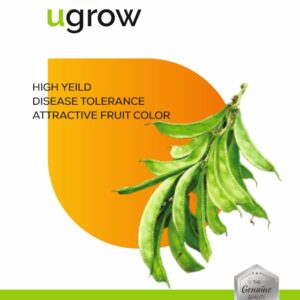

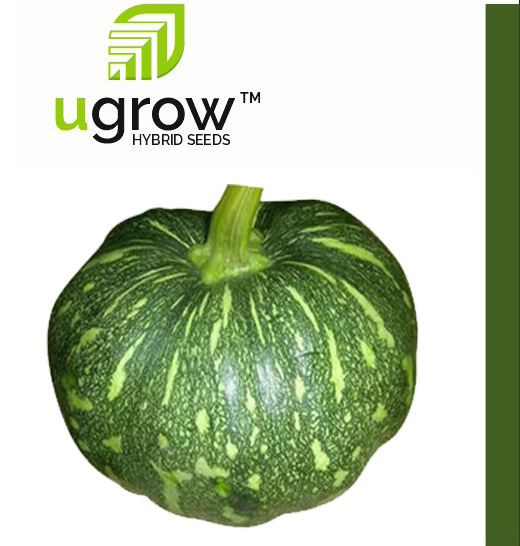

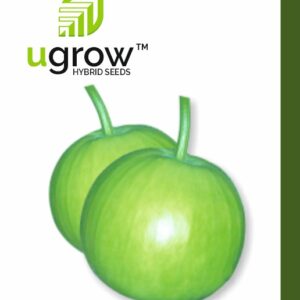

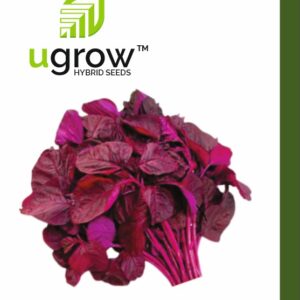


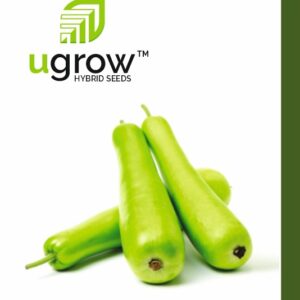






Reviews
There are no reviews yet.